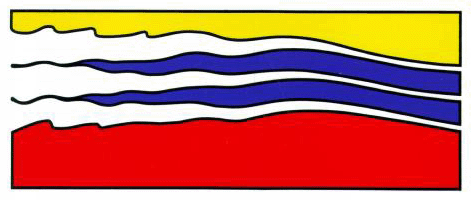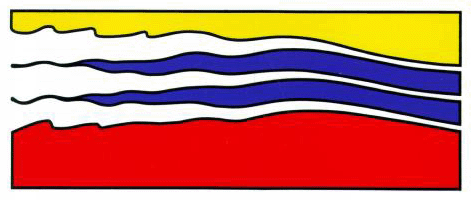
4111 Monarch Way, 3rd Floor
Old Dominion University
Norfolk, VA 23508
757-683-4940


Relatively warm, nutrient-rich Circumpolar Deep Water (CDW)
can be found near the continental shelf break around most of
Antarctica. Transport of this water onto continental shelves has
important effects on physical and biological processes. For example,
CDW exchange provides macro, and perhaps micro, nutrients that can
stimulate primary production. Changes in either the temperature or
quantity of CDW moving onto the continental shelf have been proposed as
a possible mechanism in some areas for increases in the basal melt rate
of the floating ice shelves at the edges of the West Antarctic Ice
Sheet.
A high-resolution (4 km) regional ocean/sea-ice/ice shelf model of the west
Antarctic Peninsula coastal ocean is used to examine the mechanisms of CDW
intrusions onto the continental shelf. The model solutions suggest that
intrusions are at least partially related to short duration wind events.
The effects of possible changes in the winds on the CDW transport and ice
shelf basal melt have also been examined. Increases in winds and Antarctic
Circumpolar Current transport led to increases in the amount of CDW advected
onto the continental shelf. However, these did not necessarily lead to
increased CDW flux underneath the nearby ice shelves and the basal melt
underneath some of the deeper ice shelves actually decreased with increased
wind strength. The different winds also led to differences in the supply of
nutrients from the CDW into the upper water column, which could have impacts
on surface biogeochemical processes.
After spending several years writing software for flight simulators, Mr. Dinniman went back to school where he received a M.S. in Meteorology from the University of Maryland, College Park, where he first learned about ocean modeling. He then worked for two years at the NASA Goddard Space Flight Center before coming to CCPO in 1999. Mr. Dinniman's research interests are in the area of using computer models to study different bodies of water, ranging from the Pacific Ocean to regional seas around Antarctica to educational models of the Chesapeake Bay and Lake Superior.

|
Innovation Research Park Building I 4111 Monarch Way, 3rd Floor Old Dominion University Norfolk, VA 23508 757-683-4940 |

|